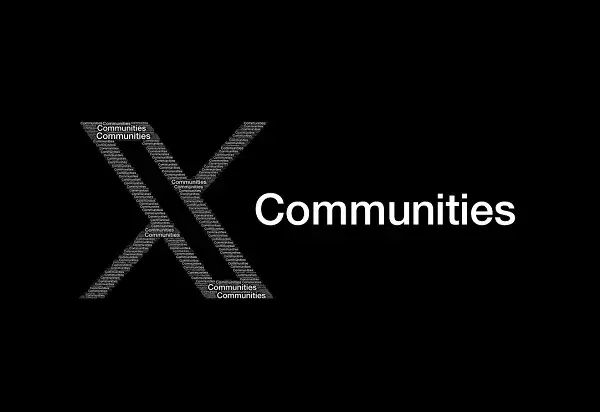In the ever-evolving realm of social media, X (formerly known as Twitter) has recently rolled out significant updates to its community features, aimed at enhancing visibility and engagement within topic-focused groups. Despite the promising intention behind these updates, the implications for users and overall platform dynamics warrant closer examination.
One of the most pivotal changes announced by X is the full integration of community posts across the platform. This means that content generated within communities is now visible not only to community members but also to their followers and the broader X user base. Community posts and their subsequent replies can appear in users’ main feeds and post recommendations, dramatically increasing their potential reach. This decision aligns with X’s broader strategy to leverage community discussions as a method to spur interactions across the platform.
However, while this change is designed to foster engagement, it introduces a challenge concerning the authenticity of conversations within these communities. When posts are exposed to a wider audience, the original intent of creating a sanctuary for like-minded individuals may be compromised. Many users join communities to engage in niche discussions without the interference of external commentary. The ability for non-members to reply could dilute the quality of discourse and create an atmosphere where member voices are overshadowed by more casual participants. Thus, while X is clearly aiming to drive more interactions, the authenticity of these interactions could suffer.
Moderation and Content Management Challenges
The updates also highlight a critical aspect of content management: the decision to keep community content active even after a community is deleted. This is a contentious policy that raises questions about ownership and control over shared thoughts and discussions once the original context has disbanded. Members may reasonably assume that their contributions will be confined to their community context and that such content should cease if the group itself is disbanded.
While X allows individual users to delete their comments, the inability to fully remove or hide past community discussions risks alienating former community members. These lingering posts can become ghostly reminders of conversations that no longer serve a purpose, potentially leading to frustration rather than fostering ongoing engagement. Should the community be disbanded due to disputes or shifts in focus, the saturation of unrelated content could deter more serious users, ultimately impacting the overall quality of interactions on the platform.
Despite X’s push to bolster communities, a notable takeaway is the recent removal of the communities tab from the app’s navigation panel. Replacing it with a dedicated video tab suggests that X realizes communities might not be driving engagement figures as anticipated. This strategic shift raises questions about the actual value of community postings to the broader user base. If a mere 650,000 daily posts can’t compel continued placement within the app’s primary interface, one must question whether the attempts to promote community engagement are truly resonating with users.
Moreover, the idea that communities can showcase a staggering 600% year-over-year increase in time spent may not paint the full picture. Growth metrics can sometimes obscure underlying issues, such as user experience and satisfaction. If users feel that the conversations they joined for the purpose of privacy and niche interest engagement are now being broadcasted to the masses, the true engagement metric may not be as favorable as advertised.
As X moves forward with these updates, the opportunity for fostering robust discussions among a larger audience can’t be entirely dismissed. Community moderators retain some ability to manage who can post comments, adding a layer of customizable engagement. However, the overarching framework created by X may inadvertently lead to chaos rather than collaborative dialogue.
While X’s update to its community feature shows a clear intent to enhance visibility and user interaction, the execution raises eyebrows regarding authenticity, moderation, and user satisfaction. As the platform continues to evolve, a balancing act between promoting community interaction and maintaining a space for focused discussions will be essential. Only time will tell whether these changes will indeed foster a sense of community or simply turn them into another crowded digital space separated from their original purpose.

